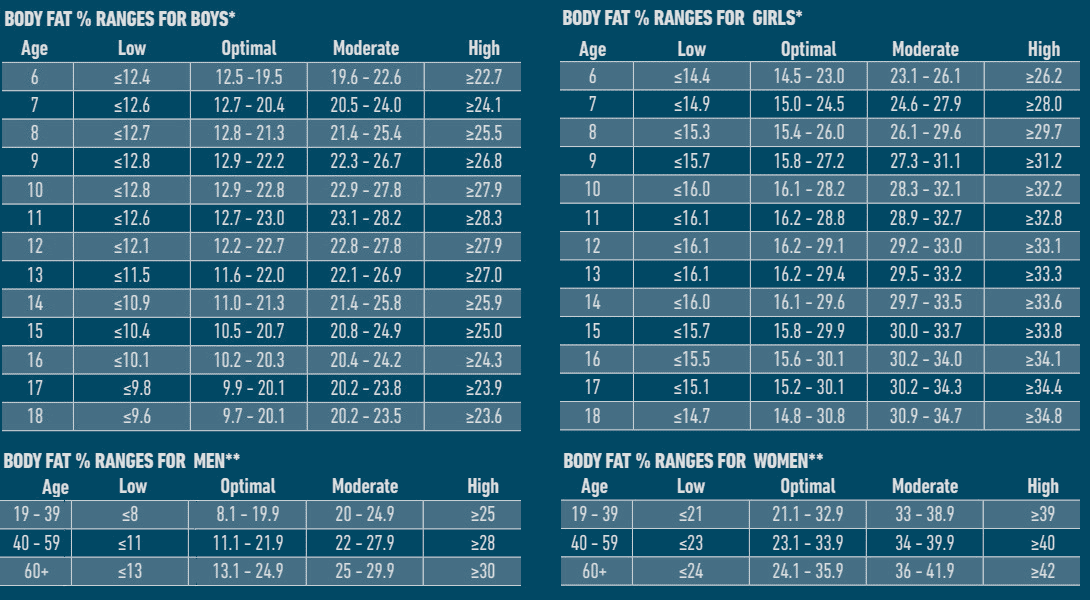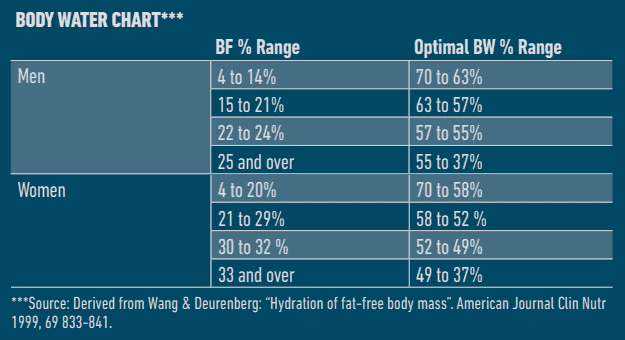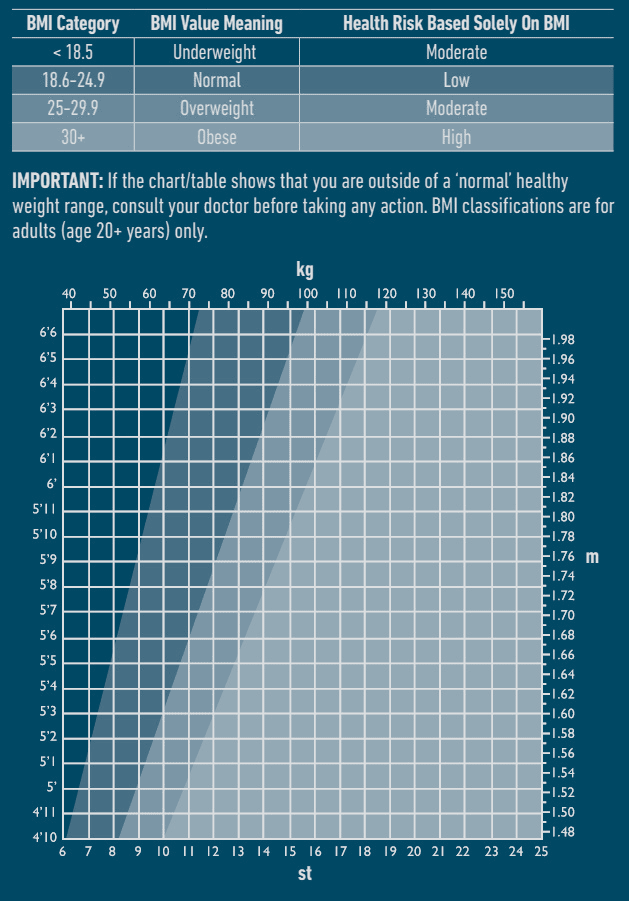Weigh beyond - How Analyser scales help you to unlock the secrets about your body and health.
Posted by Team Salter on 19th Jun 2024

Introduction - What are Body Analyser Scales?
With the rise of smart health trackers and wellbeing, more and more of us are trying to be a bit more mindful about our own bodies and understanding and tracking our fitness.
The humble and reliable bathroom scales have come along way and some of the smartest options available are Body Analyser scales. These clever devices appear to be very similar to your classic scales, except they contain some fascinating tech which can help you to uncover the truth about your own health and embark on an adventure to understanding your own body better.
Decoding your health
Body Analyser Scales are like your personal health cheerleader, giving you more than just a weight reading. They use a safe, tiny electrical current (don't worry, you won't feel a thing!) to measure your body fat, muscle mass, water content, and more. It's a bit like a mini health check at home!
Here's the cool part: these scales show you how much of you is lean muscle, water and, well, the not-so-lean stuff. This helps you track your progress and celebrate wins, whether you're aiming to tone up, get fitter, or just understand your body better.
Plus, they're perfect for the whole family! Kids and teens 6-17 can hop on for weight, body fat, and water readings (muscle mass and BMI are only for older folks ). And with space for 12 user profiles, everyone can keep track of their own journey.
P.S. You can still use it as a regular scale too, just in case you're curious about the number on its own.
Let's breakdown each part of the analysis
Finding Your Balance: Understanding and Optimizing Your Body Fat Percentage
Did you know that body fat is actually crucial for our health! It protects our organs, keeps us warm, and even stores vitamins for later. But like anything, too much or too little can throw things off balance.
Here's the tricky part: just looking in the mirror doesn't tell us how much fat we're carrying. That's where things like body fat percentage come in. It's like a secret code that reveals the true story of your fitness, going beyond just the number on the scale. Think about it: you could be losing weight, but if it's mostly muscle, you might still have a high fat percentage. Body fat percentage helps you track your progress in a smarter way, ensuring you're building healthy muscle and keeping that essential fat in check.

Sweat, Tears, and Cheers: Understanding How Body Water Affects Your Mood (and More!)
Water is like the magic potion that helps everything work the way it should, from your brainy thoughts to your glowing skin.
Water is like your internal cooling system too, helping you stay comfortable even when things get heated. And guess what? Even if you weigh what you "should," you might still be missing out on this watery goodness.
So, listen to your body and keep it hydrated! It's the simplest way to keep your amazing machine running its best.
Top hydration tips
Carry a reusable water bottle and sip throughout the day.
Add slices of fruit or cucumber for a taste twist.
Set reminders on your phone or download a hydration tracking app.
Celebrate your progress and reward yourself for sticking with it!
Remember, even small changes can make a big difference!
Just a friendly reminder for those using Athlete Mode: your body might need more water than shown in the chart. This is because athletes often have less fat and more muscle, and muscle holds onto more water!
So, don't worry if your body water percentage is higher than the chart shows. You're probably just fuelling your awesome athletic self like a champ!
Here are some quick tips to remember:
- Muscle loves water! Keep that hydration game strong, especially after workouts.
- Short-term swings are normal. Don't stress about daily readings. Track your progress over time to see the bigger picture.
- These scales are tools, not the law. Use them to guide your journey, not define it.
The Body Water % ranges published are for guidance only. Professional medical guidance should always be sought before embarking on diet and exercise programmes.

Buff Up Your Knowledge: Why Muscle Mass is More Important Than You Think
As we age, our bodies can turn into sneaky ninjas, swapping out muscle for less active fat. According to fitness experts (The American College of Sports Medicine), we might lose almost half our muscle power between 20 and 90 if we don't fight back.
But here's the good news: building muscle is like unlocking a secret superpower! Every kilo of muscle you gain burns about 110 extra calories even while you're relaxing, making you a calorie-crushing machine. Plus, muscle helps you stay strong, move with ease, and feel amazing at any age.
So, how do we keep those muscles happy and strong? The answer is simple: use them! Exercise,is your best friend in the battle against muscle loss. Don't worry, you don't need to become a gym rat, even small changes like daily walks or bodyweight exercises can make a big difference.
Remember, building muscle is an investment in your future self. A stronger, healthier you is waiting to be unleashed!
Some other advantages of gaining muscle mass include:
- Reversing the decline in strength, bone density and muscle mass that accompanies age
- Maintenance of flexible joints
- Guide weight reduction when combined with a healthy diet.
Understanding BMI: What It Means and Why It's Not the Whole Story
Body Mass Index (BMI) is an index of weight-for-height that is commonly used to classify underweight, overweight and obesity in adults.
The BMI categories shown in the chart and table below are recognised by the WHO (World Health Organisation) and can be used to interpret your BMI value.
Think of it like a starting point -it shows categories like "underweight," "healthy weight," or "overweight." But remember,BMI doesn't consider muscle mass, bone density, or other factors that impact health.
So, while the chart below shows the typical BMI categories, use them as a guide, not a definition of you!

Basal Metabolic Rate: Demystifying Your Body's Calorie-Burning Powerhouse
Imagine your body like a car idling. Even when you're parked, it still burns fuel for essential things like the lights, radio, and air conditioning. That's kind of like your Basal Metabolic Rate (BMR)! It's the number of calories your body burns just to keep things ticking over, even when you're asleep.
This continual work makes up about 60-70% of the calories the body uses, and includes the beating of your heart, respiration, and the maintenance of body temperature.
BMR plays a big role in how many calories you need overall, and it's influenced by things like:
- Your age (younger bodies tend to burn more)
- ️Muscle mass (muscle is more active than fat!)
- Gender (men typically have higher BMRs)
- ️Dieting and exercise habits
So, now we know what they measure and why it's important to know what's going on with our bodies; lets explore a bit about the technology inside the scales try to answer some frequently asked questions.
Weighing In on Your Worries: FAQ and you
How exactly is my body fat and water measured?
Salter scales use a measurement method known as Bioelectrical Impedance Analysis (BIA). A minute current is sent through your body, via your feet and legs. This current flows easily through the lean muscular tissue, which has a high fluid content, but not easily through fat. Therefore, by measuring your body’s impedance (i.e. its resistance to the current), the quantity of muscle can be determined. From this, the quantity of fat and water can then be estimated.
What is the value of the current passing through me when the measurement is taken? Is it safe?
The current is less than 1mA, which is tiny and perfectly safe. You will not be able to feel it. Please note however, that body analyser scales should not be used by anyone with an internal electronic medical device, such as a pacemaker, as a precaution against disruption to that device.
If I measure my body fat and water at different times during the day, it can vary quite considerably. Which value is correct?
Your body fat percentage reading varies with body water content, and the latter changes throughout the course of the day. There is no right or wrong time of the day to take a reading, but aim to take measurements at a regular time when you consider your body to be normally hydrated. Avoid taking readings after having a bath or sauna, following intensive exercise, or within 1-2 hours of drinking in quantity or eating a meal.
My friend has a Body Fat Analyser made by another manufacturer. When I used it I found that I got a different body fat reading. Why is this?
Different Body Fat Analysers take measurements around different parts of the body and use different mathematic algorithms to calculate the percentage of body fat. The best advice is to not make comparisons from one device to another, but to use the same device each time to monitor any change.
How do I interpret my body fat and water percentage readings?
Please refer to the Body Fat and Water tables included with the product. They will guide you as to whether your body fat and water reading falls into a healthy category (relative to your age and sex).
What should I do if my body fat reading is very ‘high?
A sensible diet, fluid intake and exercise program can reduce your body fat percentage. Professional medical guidance should always be sought before embarking on such a program.
Why are the body fat percentage ranges for men and women so different?
Women naturally carry a higher percentage of fat than men, because the make-up of the body is different being geared towards pregnancy, breastfeeding etc.
What should I do if my water percentage reading is ‘low’?
Ensure that you are regularly taking sufficient water and work towards moving your fat percentage into the healthy range.
Why should I avoid using the Body Analyser Scale whilst pregnant?
During pregnancy a woman’s body composition changes considerably in
order to support the developing child. Under these circumstances, body
fat percentage readings could be inaccurate and misleading. Pregnant
women should therefore only use the weight function.
So, there you have it! Body analyser scales can be a valuable tool for understanding your body and making informed choices about your health and fitness. Remember, these scales provide insights, not absolutes. Focus on how your body feels and consult healthcare professionals for personalised advice.
Ready to explore how a body analyser scale can fit into your wellness journey? Browse our fantastic range of scales, packed with features to suit your needs and budget.
Explore our body analyser scales and unlock a world of valuable insights about your amazing body!
Still have questions? Our friendly customer support team is always happy to help! Contact us today.

